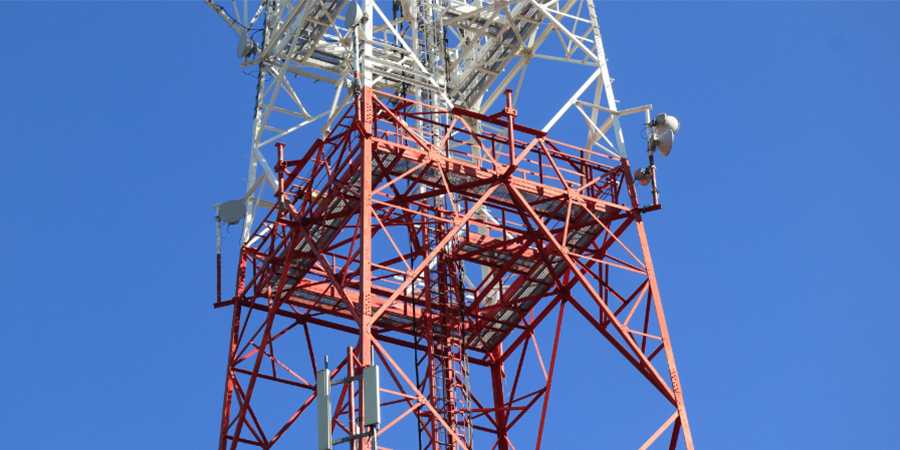Approximately 90% of 5G cell sites in emerging markets will be operating support a combination of sub-6 GHz bands by 2026, ABI Research forecasts.
Sub-6 GHz bands will provide the best-in-class coverage while catering for sufficient capacity in emerging markets. While mmWave, with its larger amount of bandwidth, can meet very high-capacity demand use cases, its poor propagation characteristics and cost of deployment puts it at a disadvantage compared to sub-6 GHz bands for 5G deployment.
“5G mmWave will have its role to play in urban and suburban downtown locales in developed markets and perhaps commercial business districts in emerging markets but the reality is, emerging market telcos will need the coverage and capacity characteristics of the sub-6 GHz bands for 5G. Not only does sub-6 GHz has sufficient capacity to meet demand, but also can propagate over a longer distance and is not attenuated by rain,” explains Dean Tan, research analyst, ABI Research.
In a spectrum survey of 32 emerging markets conducted by ABI Research, at least 50% of countries will have allocated the low band (<1 GHz) spectrum for 5G while about 87% of countries will have allocated the mid bands (1 GHz to 6 GHz) by 2023. This stands in contrast to 34% and 12% countries for 26 GHz and 28 GHz bands respectively by 2023.
Moreover, 5G handsets shipments, in emerging markets, supporting the sub-6 GHz band is expected to grow to nearly 600 million by 2026 at a CAGR of 22.7% from 2020.
Aside from industry momentum, sub-6 GHz bands are crucial in supporting key applications such as the Internet of Things (IoT) as well as fixed wireless access (FWA). These applications require robust propagation characteristics and sufficient capacity capability which can be provided by the sub-6 GHz bands. In emerging markets where consumers are likely to have higher price sensitivity, the majority of the FWA demand will be driven by LTE. This will be especially true for countries with a larger population living in rural areas or with challenging geographical environments for fixed network deployments.
“It is important for mobile operators to leverage globally harmonized spectrum bands as it provides economies of scale for the solutions, especially for markets where the average ARPU per month can be below US$10. Mobile operators in the emerging markets need to identify the optimal spectrum deployment strategy to meet their mobile broadband requirements,” concludes Jake Saunders, vice president, APAC, ABI Research.










